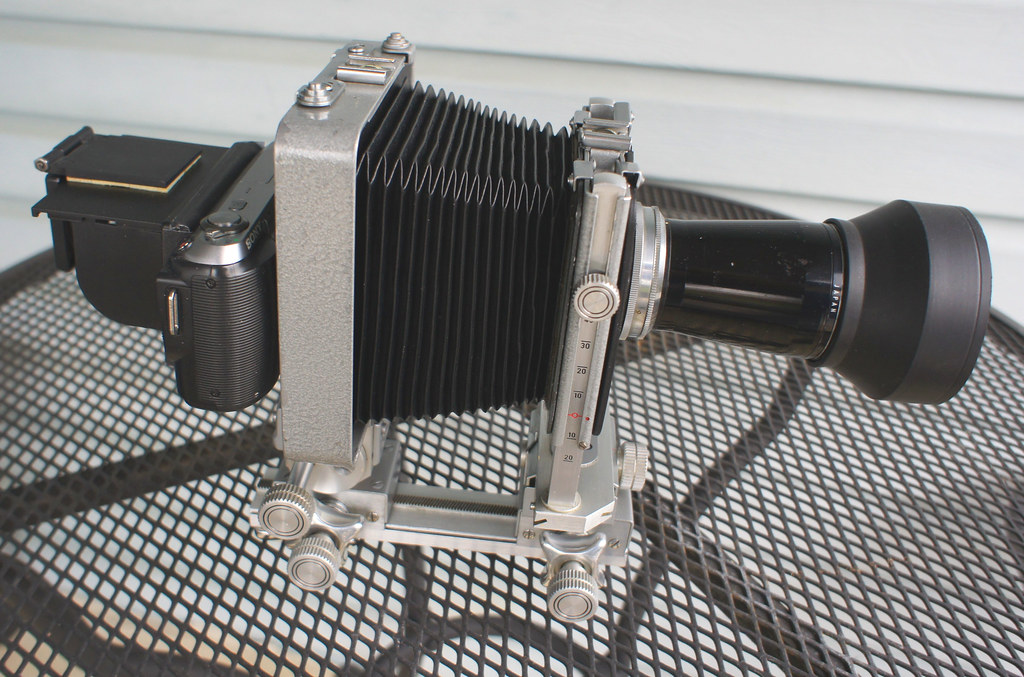the early masters knew their materials back and forth and could run circles around people today ...
hobby people that started when dry plates started and roll film started began doing tourist photography
shooing exotic people and places and some folks subscribed to photographic annuals that had articles ads &c published and tables for time of year and place for exposure guides
there were things that looked like slide rules / "exposure calculators" where you plugged in your region, plate speed, type of scene weather/sun &c and it gave you an exposure
later on there were Actinometer and Extinction meters ..the extinction meters were close to a modern light meter.
here's a link to a photo magazine in the late 1800s and it has fun stuff in it including a list of reasons why the semi centennial stand we all love so much
is the greatest thing since sliced bread "camera stand of the future!" ... invented by a photographer ( E.C. Fischer in Vermont ) sold to photographers ( through E.C. Codman &co in Boston )
$25 shipped! light meter not included
http://tinyurl.com/cokdhop




 Reply With Quote
Reply With Quote




Bookmarks